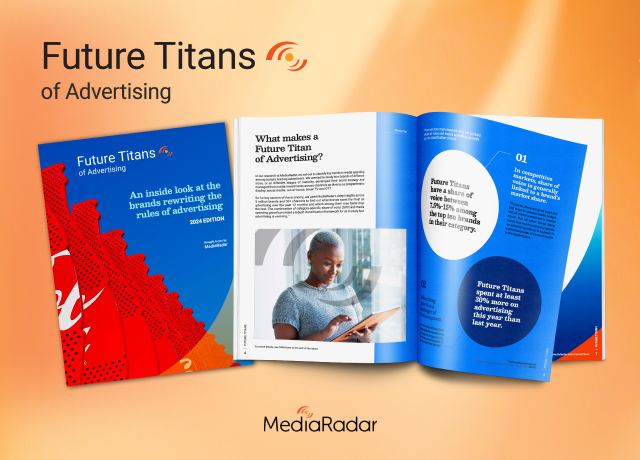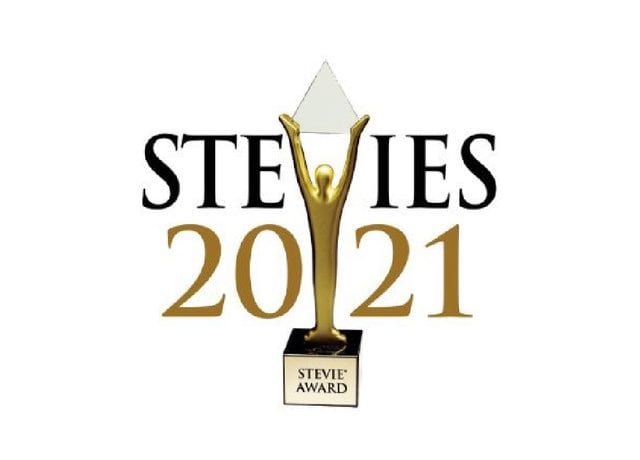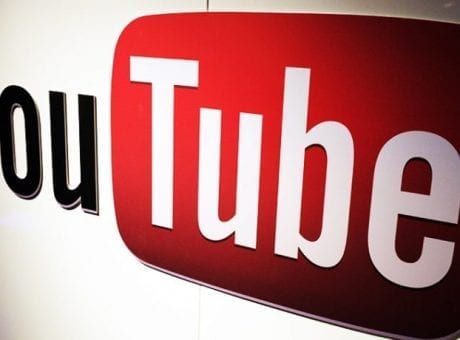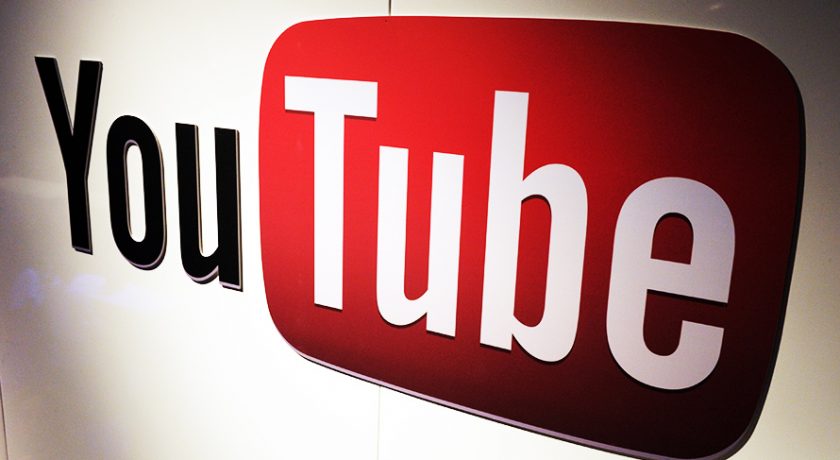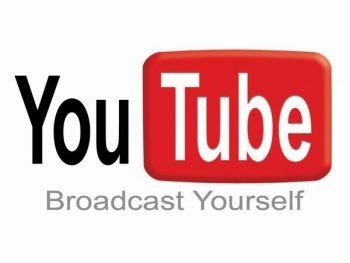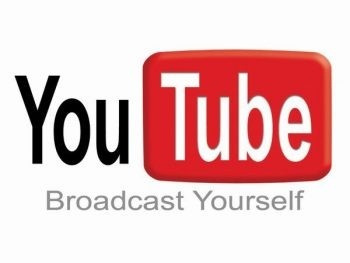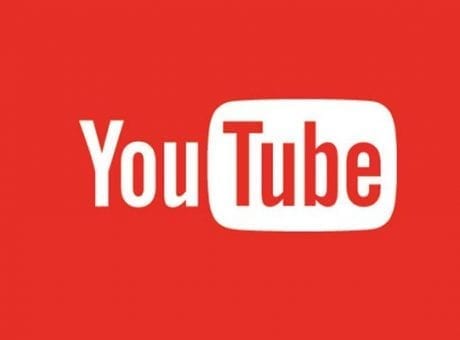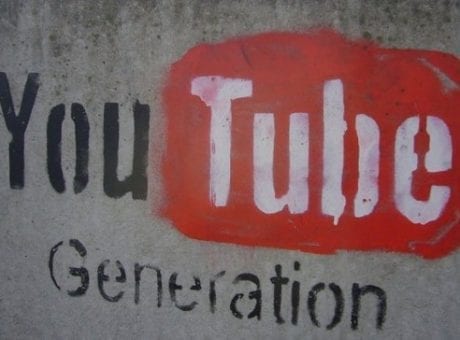Months Removed From a Brand-Safety Boycott, YouTube Is Winning Over Top Advertisers Again
AdWeek - Four months after more than 250 brands pulled their advertising from YouTube because ads were appearing next to extremist content, the site’s top-spending marketers are running video ads again, according to new research from ad-sales software firm MediaRadar.
ReadYouTube Fixes Horrible Ad Placements, Grows 50%
TargetMarketing - YouTube had a problem in April that made it lose 5 percent of its advertisers — their videos were appearing on sites that didn’t match their brand values. The video sharing site instituted safeguards and saw 50 percent more advertisers arrive in May, finds MediaRadar.
ReadAdvertisers Return to YouTube, Shopify Launches Square Rival
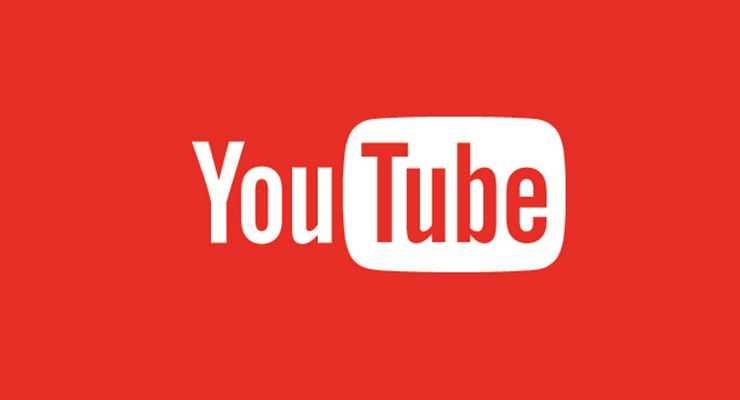 Street Fight - Months Removed from Brand Safety Boycott, YouTube Wins Over Advertisers Again (AdWeek)
Street Fight - Months Removed from Brand Safety Boycott, YouTube Wins Over Advertisers Again (AdWeek)
Four months after more than 250 brands pulled their advertising from YouTube because ads were appearing next to extremist content, the site’s top-spending marketers are running video ads again, according to new research from ad-sales software firm MediaRadar.
ReadConsumer Publishing Is Changing: Which New Methods Are Working Best?
Native Advertising Institute - With the introduction of new advertising formats, ad types and methods of buying and selling inventory, consumer publishing is undergoing some big changes. To get a closer look and see what is working, we at MediaRadar have conducted our “2016 Consumer Advertising Report,” where our data science-powered platform reviewed these trends for all of 2016 through Q1 2017.
Here’s a look at some of our most notable findings.
ReadReport: Google steps up fight against fraud, and its findings are alarming
MarketingDive - For a digital advertising industry with ever-mounting concerns about transparency and fraud, the findings from Google's initiative will do little to quell fears and only serve to reinforce the deep flaws that have recently become apparent in the programmatic space, in particular. As the trustworthiness of digital advertising continues to hit road blocks, many major brands, and notably Procter & Gamble, have adjusted their strategy this year to demand a clean up of the digital media supply chain, in the meantime realigning budgets toward more traditional channels like TV.
ReadProgrammatic and Addressable TV Spend Rising, Still a Small Part
OnlineVideo.net - It all depends on how you look at it. Programmatic TV ad spending will rise by 75.7 percent this year, growing to $1.13 billion, reports research company eMarketer. It will grow another 85.2 percent in 2018 and 82.1 percent in 2019 when it will be a $3.80 billion market.
That sounds impressive, but programmatic will still be a miniscule part of the overall TV ad market. It will make up 1.6 percent of total U.S. TV ad spending this year, 2.8 percent next, and 5.0 percent in 2019. When the starting amount is small, percentage changes can make something seem bigger than it is.
ReadYouTube boycott fervor cools, but P&G, Walmart still stay away
MarketingDive - The YouTube boycott initially seemed like more of a PR problem for the platform and for Google than a major hindrance to revenue, but it did cost YouTube 5% of its top North American advertisers at its peak. The fact that some of the biggest brands involved are continuing to stay away might not only put a dent in some of YouTube's credibility but also shows how many in the industry are seriously rethinking how much they value digital advertising as a channel, with P&G leading much of that conversation. P&G, one of the world's largest advertisers by media spend, has suggested it wants to recommit to more TV advertising, which is seen by many as a safer, more transparent bet.
ReadPublishers Shift Focus To Vertical Video
 Digital Content Next - Mobile is changing the way we consume video online. No, this doesn’t just mean that they are watching more video on mobile. Mobile viewing behavior is impacting a lot more than you might imagine. In fact, MediaBrix ran an experiment which found that less than 30% of people turn their phone to view horizontal video ads, and when they do, they only watch 14% of the ad.
Digital Content Next - Mobile is changing the way we consume video online. No, this doesn’t just mean that they are watching more video on mobile. Mobile viewing behavior is impacting a lot more than you might imagine. In fact, MediaBrix ran an experiment which found that less than 30% of people turn their phone to view horizontal video ads, and when they do, they only watch 14% of the ad.
So how are publishers reacting to this? In our own study, we found that many have shifted their focus to vertical video. They’re realizing that this method is more user-friendly, and better accommodates the way people take in video on smartphones and tablets. Here’s a full overview of what we discovered.
ReadMediaRadar: Programmatic purchases down, native up
BizReport - MediaRadar's new 'Consumer Advertising Report' reveals that 5,000 fewer advertisers purchased programmatic ads in the first quarter of 2017 compared with the same period in 2016 - a 12% YoY decrease.
According to Todd Krizelman, CEO of MediaRadar, brand safety concerns are likely to be the cause of part of that decrease, "especially given recent problems for companies like YouTube," he added.
ReadFlexing Digital Muscles
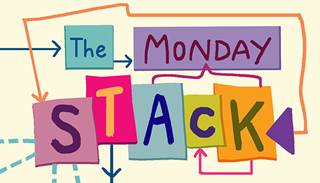
DMN - I guess the lengthy downtime around Independence Day is over, because a slew of news hit the desk this week, including — from a number of source — commentary about a sharp decline in the programmatic market.
The original source seems to be MediaRadar, the advertising intelligence platform: Its 2016 Consumer Advertising Report, released last week, revealed a 12% drop between Q1 2016 and Q1 2017 in programmatic advertisers. In a press release, Todd Krizelman, CEO and co-founder, said: "After years of growth, the decline in programmatic buyers is likely attributed to concerns around brand safety – especially given recent problems for companies like YouTube."
Read


